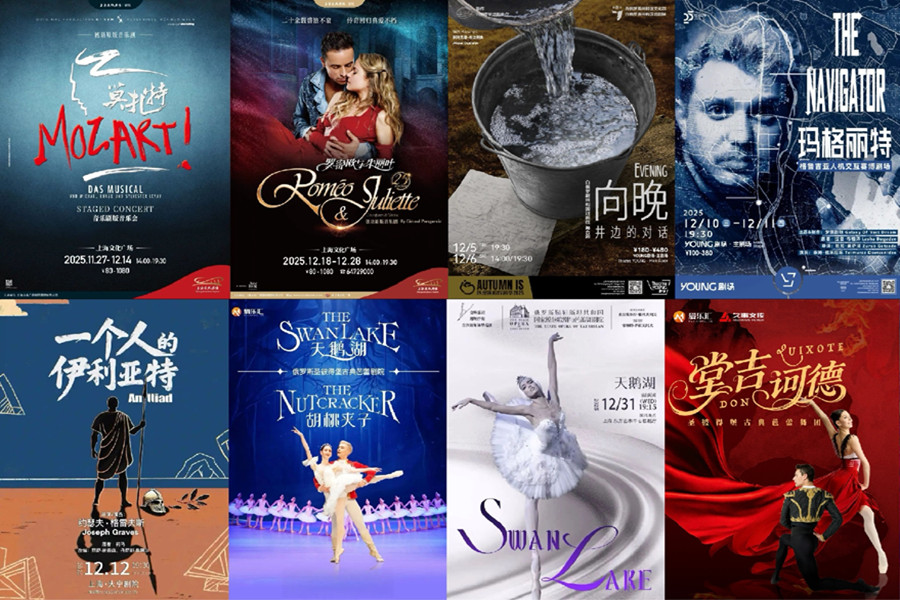Hengshan Road-Fuxing Road Historical and Cultural Block
The Hengshan Road-Fuxing Road Historical and Cultural Block epitomizes Shanghai's modern residential and public aesthetics, standing as the largest of the 12 historical zones in central Shanghai and one of the four major Shanghai-style community areas.

The Hengshan Road-Fuxing Road Historical and Cultural Block in Shanghai. [Photo/xuexi.cn]
The historical zone involves Xuhui, Huangpu, Jing'an, and Changning districts. Its eastern boundary is Middle Chongqing Road - South Chongqing Road - Taicang Road - South Huangpi Road - Hefei Road - South Chongqing Road. and its western boundary is Tianping Road - Guangyuan Road - Huashan Road - Jiangsu Road. The southern boundary is Middle Jian'guo Road - West Jian'guo Road - Jiashan Road - Zhaojiabang Road, and the northern boundary of East Zhaohua Road - Zhenning Road -West Yan'an Road - Middle Yan'an Road - South Shaanxi Road - Changle Road. The whole area spans about 775 hectares.
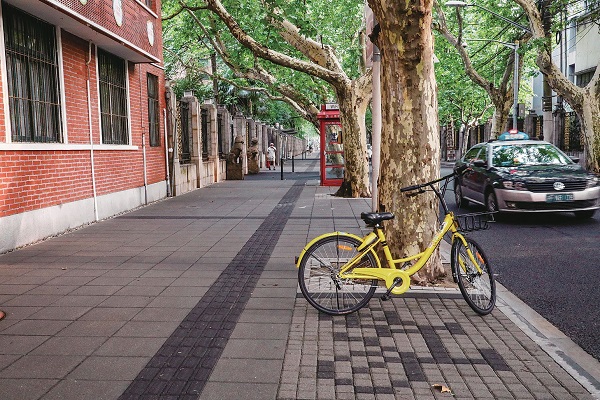
A view of Yueyang Road. [Photo/xuexi.cn]
The historical zone features garden houses, lanes, and alleys, as well as apartments.
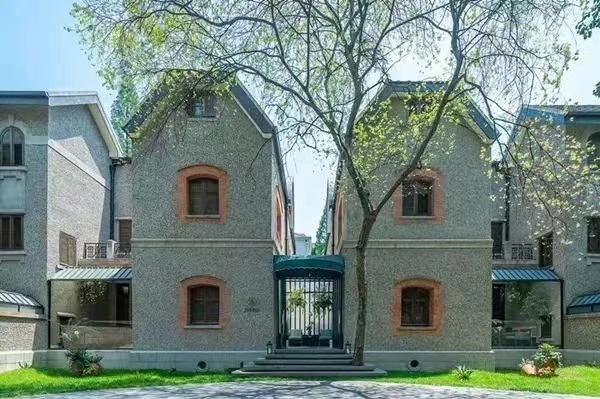
Two garden houses built in 1918 on Lane 100 Wukang Road. [Photo/WeChat account: shanghaitourism]
Garden houses, the most abundant and well-maintained structures, coexist with the new-style lanes of the apartment buildings, while public structures primarily serve as revolutionary historical landmarks.
Dating from 1919 to 1941, these diverse architectural marvels, blending Eastern and Western influences, chronicle Shanghai's modern history, showcasing significant cultural heritage.
Over 50 years, this alluring area gradually took form, with roads, buildings, and neighborhoods emerging in the eastern part by 1900. The significant development in the later years extended its western boundary to Huashan Road in Xujiahui. The then administration bureau, La Municipalité Française de Changhai, meticulously planned and constructed the area, laying down major roads like Route Pere Robert (1907, now Ruijin Road Number Two), Fahuazhen Road (1914, now Middle Fuxing Road), and Lafeide Road or Route Lafayette (1918, now Middle Fuxing Road), among others.
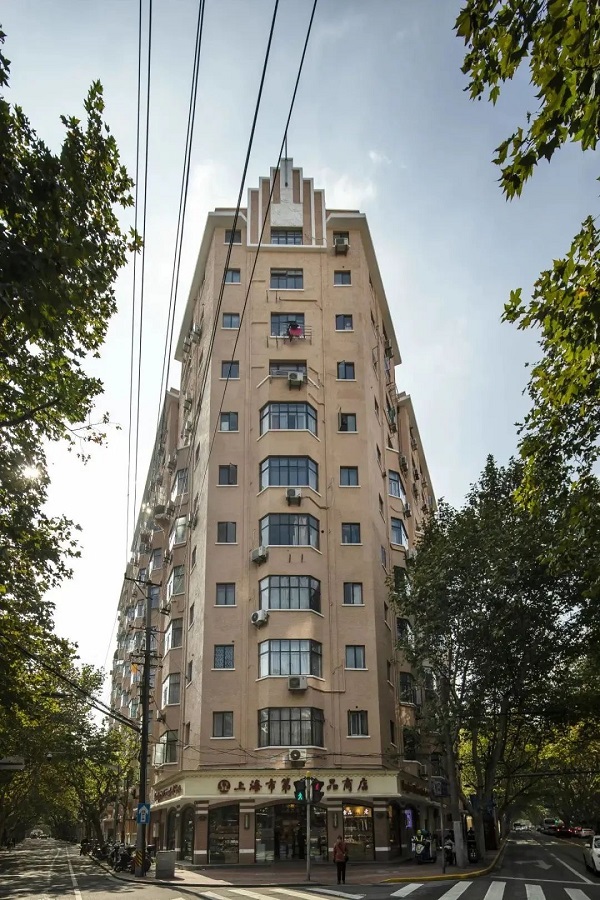
A historical building in the Hengshan Road-Fuxing Road Historical and Cultural Block. [Photo/WeChat account: shanghaifabu]
These roads were paved with asphalt a century ago, establishing a solid infrastructure that still endures today.
In 1905, a nursery was established in the historical zone to grow saplings. Subsequently, a dedicated park-planting office was created, specifying that street trees must be planted 1.5 meters from the road, with a spacing of 10 meters between each.
In 1916, municipal construction advanced with the installation of electric streetlamps at Avenue Joffre and key intersections such as Fahua Road. Piped water became more accessible, the sewage system was upgraded, and hundreds of fire hoses were installed.
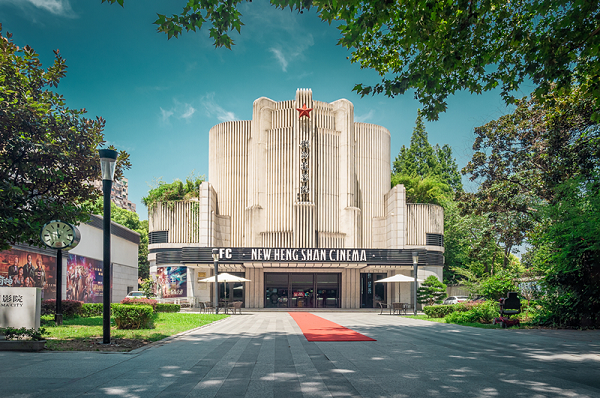
A historical building in the Hengshan Road-Fuxing Road Historical and Cultural Block. [Photo/WeChat account: shanghaifabu]
The introduction of trolleybuses and 22 trams running from the Bund to Avenue Petain, now Hengshan Road, established a public transportation network, significantly easing travel for citizens.
As infrastructure improved, both Chinese and foreign builders entered the zone, leading to a housing construction boom. The 1910 Houston Court Apartments, styled after a French chateau, marked the district's first high-rise on Avenue Joffre.
In 1929, the 13-storey Cathay Mansions, now the north building of the Jin Jiang Hotel Shanghai, showcased magnificent Art Deco architecture. These apartments were cutting-edge for their time, offering comprehensive amenities such as water, electricity, coal, centralized heating and cooling, hot water, and elevator access.
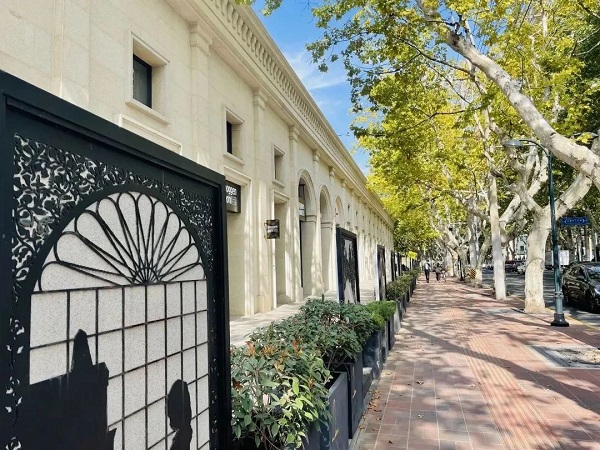
A historical building in the Hengshan Road-Fuxing Road Historical and Cultural Block. [Photo/WeChat account: shanghaifabu]
The Hengshan Road-Fuxing Road Historical and Cultural Block is also renowned for its prestigious residents, including numerous celebrities and scholars. Situated in a high-class residential area, the West End boasts residents with significant assets and prominent positions, such as Sun Yat-sen, Soong Ching-ling, Chiang Kai-shek, Ba Jin, and Chen Lifu.
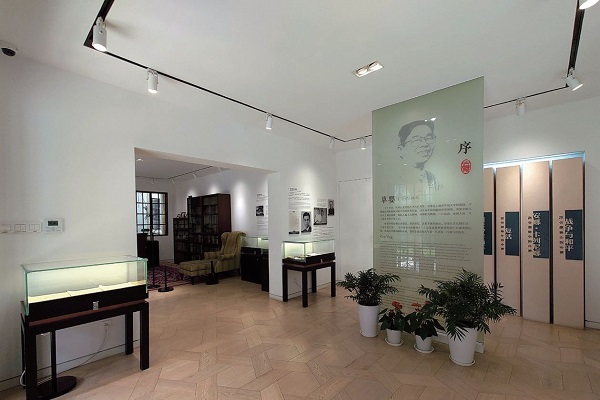
The Cao Ying Study in a historical villa at No 178 South Wulumuqi Road near the former residence of the famous translator (1923-2015) of Russian literature showcases his life. [Photo/xuexi.cn]
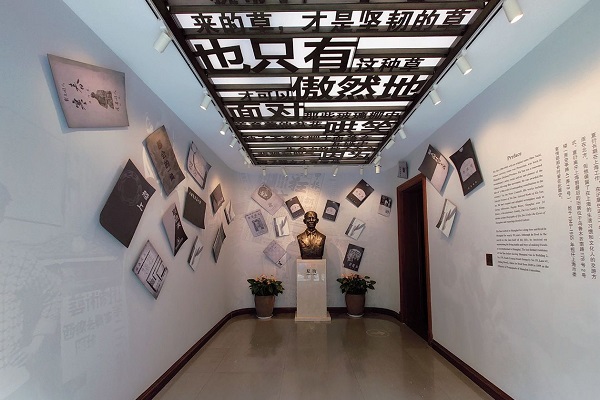
An interior of the former residence of playwright Xia Yan (1900-1995) in Xuhui district. [Photo/xuexi.cn]
As the city's economic development progresses, the old buildings bear the indelible marks of history, serving as vital symbols of urban civilization and adding depth to the cityscape. Within the Hengshan Road-Fuxing Road Historical and Cultural Block, there are three national key cultural relics protection units, 12 municipal cultural relics protection units, 12 district-level cultural relics protection units, and 141 cultural relics under preservation.
Sources: shtong.gov.cn, xuexi.cn, "shanghaitourism" "shanghaifabu" WeChat accounts
Editor's Pick
FAQs
- What if my passport expires but my Chinese visa is still valid?
- Can pets and owners depart from different countries while complying with customs regulations?
- Can a minor travel to China and stay in a hotel without a parent's presence?
- Who is eligible for the 240-hour visa-free transit policy in China?
